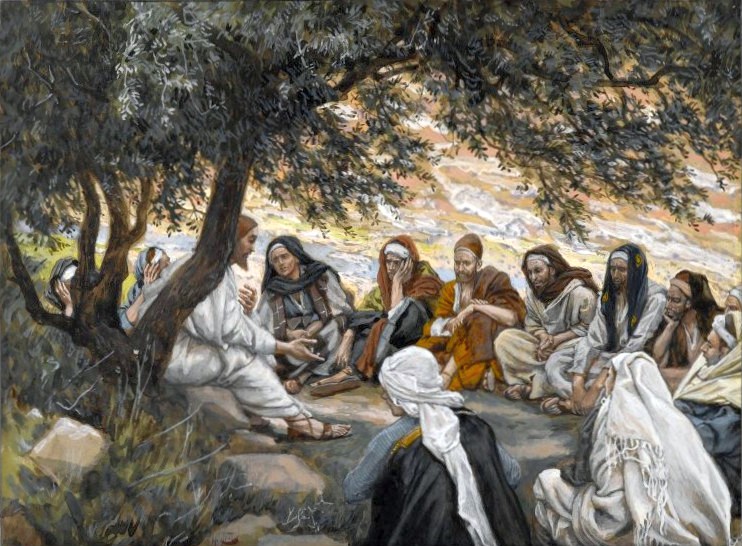
The Significance of the Liturgical Calendar and Feasts Part 2
by Fr. Tony Okolo C.S.Sp., V.F. | 10/06/2024 | Weekly ReflectionBeloved Parishioners,
This week we round off our reflection on the significance of the Liturgical Calendar and Feasts that we started last week. It is my hope that with this we would appreciate deeply the various liturgical feasts we have in the church. The write up is meant to help us understand what we do in the church and the various feasts we celebrate in our liturgies.
The season known as the Ordinary Time falls outside the major liturgical seasons and is divided into two segments: between Epiphany and Lent, and between Pentecost and Advent. It is a time for spiritual growth and reflection on the teachings of Jesus. The color used during Ordinary Time is green, symbolizing life and growth. Another significant feature of the Liturgical Calendar is the presence of Liturgical feasts, memorials of saints, and solemnities. Feasts such as Christmas, Easter, and Pentecost commemorate significant events in Jesus's life and the early Church. Solemnities like the Assumption of Mary or the Feast of All Saints honor important figures and doctrines of the faith, reinforcing their importance in the life of the Church.
The practices associated with the Liturgical Calendar, including liturgical colors, hymns, prayers, and rituals, reinforce the themes and significance of each season and feast. The use of specific colors during different seasons helps to visually express the themes and moods of the calendar. For example, purple during Advent and Lent reflects penitence and preparation, while white during Christmas and Easter symbolizes joy and celebration; music and hymns are tailored to reflect the themes of each season. During Christmas, joyful and celebratory hymns highlight the birth of Christ, while Lent features more somber and reflective music. This musical dimension helps to enhance the spiritual experience and deepen the understanding of each season; rituals such as the lighting of Advent candles, the imposition of ashes on Ash Wednesday, and the decoration of the church for Christmas contribute to the atmosphere and focus of each season; special services, such as Midnight Mass on Christmas Eve or the Easter Vigil, provide opportunities for communal worship and reflection. These occasions often involve elaborate liturgical ceremonies and a heightened sense of celebration.
From the foregoing, we have learned that the Liturgical Calendar and its feasts are more than a mere schedule of events; they are a vital framework for living out the Christian faith. Each season and feast invite Catholics to enter into the mysteries of faith, celebrate the core tenets of Christianity, and live out their calling as followers of Jesus. Through its careful organization and rich traditions, the Liturgical Calendar remains a powerful tool for nurturing a deep and dynamic relationship with God.
I wish to conclude this section with the virtue of the month. Our virtue for this month is meekness. In the Gospel of Mathew 5:5 Jesus says, “Blessed are the meek for they shall inherit the earth.” Meekness is essentially an attitude or quality of heart whereby a person is willing to accept and submit without resistance to the will and desire of someone else. Meekness is thus an essential part of the kingdom. We are meek persons when we are modest, patient, understanding, and humble. Meekness is a virtue that assists us in self-possession in the face of adversity, it enables a person to do good in response to evil.
BACK TO LIST